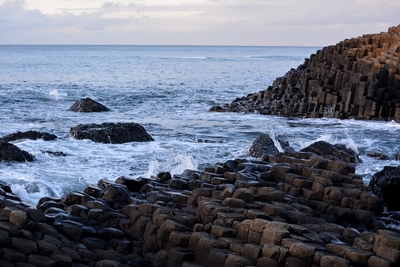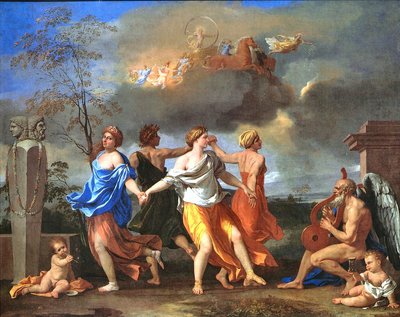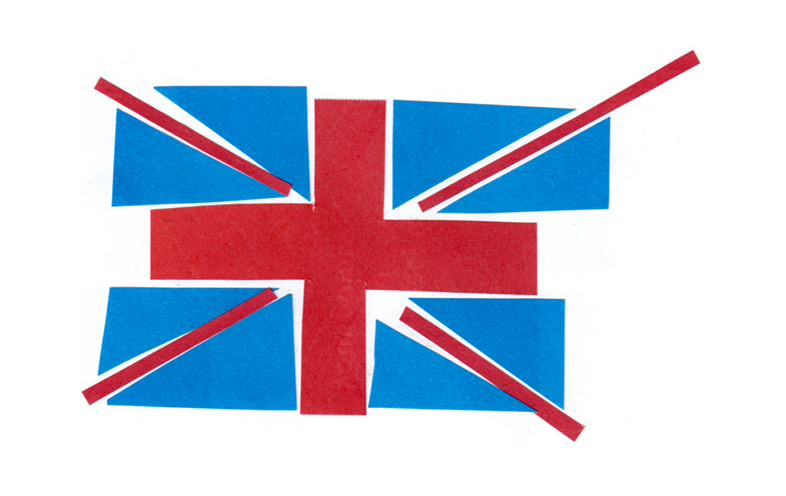 Northern Ireland is a complex and interesting place, that given its size in terms of population and national income, hits above its weight politically but not economically. Despite claims and protests to the contrary, it is constitutionally different to the rest of the UK. This is because of the equality rights enshrined in the Good Friday Agreement (GFA) of 1998, which is not applicable to citizens in the rest of the UK, as well as the legislative differences in key areas of social policy. In the current space between the brouhaha and farrago that is Brexit, in which interregnum has substituted for government, Northern Ireland (NI) is the keystone in any eventual settlement.
Northern Ireland is a complex and interesting place, that given its size in terms of population and national income, hits above its weight politically but not economically. Despite claims and protests to the contrary, it is constitutionally different to the rest of the UK. This is because of the equality rights enshrined in the Good Friday Agreement (GFA) of 1998, which is not applicable to citizens in the rest of the UK, as well as the legislative differences in key areas of social policy. In the current space between the brouhaha and farrago that is Brexit, in which interregnum has substituted for government, Northern Ireland (NI) is the keystone in any eventual settlement.
What is to be done? This is the Leninist revolutionary slogan that seems apposite in addressing the complex Irish border question that is central to any satisfactory settlement between the EU and the UK. Yet the profound ignorance of politicians and media commentators, mainly located in London and, moreover, indifference to all things Irish and their political and socio-economic ramifications borders on the astounding.
It is doubly so in that without a fully functioning frictionless border between the two parts of Ireland, the disputed agreement on the backstop position states that NI will remain in the Single European Market (SEM) and the customs union after the exit date of March 2019 and during the transition or implementation period to December 2021. The latest fudge over a time - limited backstop about the Irish question, notwithstanding, the half-life of the current British government Brexit policy seems to get less and less, as the dance between the EU and UK negotiators over each of the latter’s proposals becomes a daily occurrence.
 One is minded of the Italian painter, Nicolas Poussin’s famous Dance to the Music of Time. This C17th painting (pictured to the right) portrays four gods dancing in a circle with their back to each other and who change hands with each other at intervals. The music is provided by Time playing the lyre so that the painting represents the cycle of life and the passing of time. The dancers also represent the four stages of the cycle: poverty, labour, wealth, and pleasure. As a metaphor for the dance of Brexit we seem to be stuck between the first two stages as each policy proposal falls at the first hurdle, especially with respect to the Irish border question. The golden uplands of wealth and pleasure appear to recede further into the distance with each passing hour.
One is minded of the Italian painter, Nicolas Poussin’s famous Dance to the Music of Time. This C17th painting (pictured to the right) portrays four gods dancing in a circle with their back to each other and who change hands with each other at intervals. The music is provided by Time playing the lyre so that the painting represents the cycle of life and the passing of time. The dancers also represent the four stages of the cycle: poverty, labour, wealth, and pleasure. As a metaphor for the dance of Brexit we seem to be stuck between the first two stages as each policy proposal falls at the first hurdle, especially with respect to the Irish border question. The golden uplands of wealth and pleasure appear to recede further into the distance with each passing hour.
The excellent work of Katy Hayward of Queens University, Belfast provides expert evidence on the border question and the various solutions proposed for exiting the SEM and the customs union, whilst maintaining a frictionless border in Ireland. They include, inter alia, trusted traded scheme, maximum facilitation and electronic tracking of cross-border transactions and movements. Hayward and her colleague David Phinnemore have put together a very useful presentation of current position on the backstop issue as well as a summary of the recently published Technical Note: Temporary Customs Arrangement.
In their review of the current backstop, the two academics conclude that of all the potential trade outcomes, only UK-alignment with the customs union and the SEM will lead to minimal friction for the Irish border. Regarding the Temporary Customs Arrangement there are seven policy areas agreed in principle, but no position stated in any of them and three out of the five in the cases of the other areas under discussion.
In this phase of the dance, the proposed use of surveillance technologies as the solution to the border issue is also found wanting. There was much heat and noise but little light and substance in the discussion of the report Smart Border 2.0: avoiding a hard border on the island of Ireland for Customs control and free movement of persons produced by Lars Karlsson, former Director of the World Customs Organisation and Deputy Director-General of Swedish Customs, for the European Parliament. The report draws on the cases of Norway-Sweden, Canada-USA and Australia-New Zealand to compare the possibility of a comprehensive electronic solution to the border in Ireland.
An uncertain future created by Brexit
Although useful none of these are comparable to the island of Ireland. More importantly, as the author admits, nine technologies and ten treaty changes would have to be implemented, possibly over a decade. Given the unintended consequences of governmental IT systems and significant time delays in their implementation, the transactions costs (administrative costs or those of doing business) will be large, adding to the existing total expended on Brexit to date.
The original estimate of the loss of national income to NI from Brexit was around 3% up to 2025-2030, but the subsequent UK government study suggested that the loss from the various post-Brexit trade deals could be between 2.5% for just remaining in SEM; 8% for a Free Trade Agreement; and, 12% for No Deal. Consequently, NI is likely to suffer the biggest impact from Brexit that would also undermines the scale and scope of cross-border co-operation in what is a de facto an All-Ireland Single Market. The GFA underpins much of this co-operation, especially the position of research and higher education as laid out in a recent report for by the Royal Academic of Ireland.
If NI is to move beyond the poverty and labour stages of the Brexit dance to wealth and pleasure, then its future may lie in an All-Ireland solution. Ironically, the Conservative and Unionist government and its current support from the Democratic Unionist Party may create the conditions for a united Ireland and consequently the break-up on the union of the UK. Harold Macmillan once stated that ‘events dear boy, events’ did for politicians, so perhaps NI’s dance to the music of time of Brexit will ultimately lead to a more rational solution for the whole of the UK and rest of the EU. But, it is too early to put on your dancing shoes.



Rate and Review
Rate this article
Review this article
Log into OpenLearn to leave reviews and join in the conversation.
Article reviews